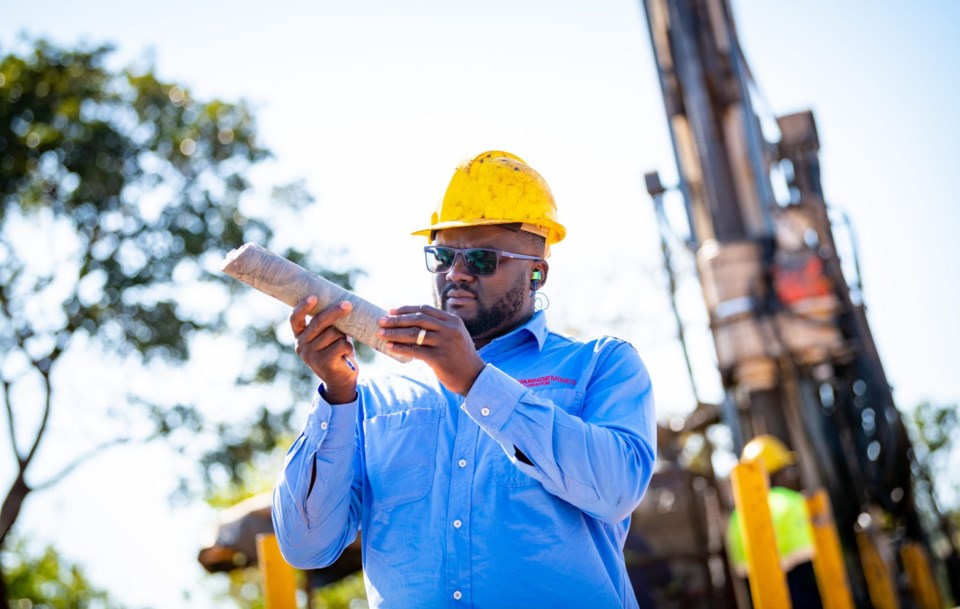Ivanhoe Mines (TSX: IVN) has increased its exploration budget to $90 million for 2024, quadrupling the previous amount.
The primary focus of exploration activities will be the Western Foreland project in the Democratic Republic of Congo (DRC), which is adjacent to Ivanhoe’s successful Kamoa-Kakula copper operation.
“Firstly, we will continue to expand the Kitoko copper discovery with additional drill rigs, thereby increasing our knowledge of its substantial exploration opportunities,” Ivanhoe founder and co-chair Robert Friedland said.
“Second, we will advance our understanding of the Makoko and Kiala deposits and optimize our studies for near-term copper mine production on our majority-owned licences. Finally, we will continue to evaluate high-priority targets across the Forelands, based on our fast-evolving proprietary database and geologic models for additional tier-one, high-grade copper discoveries.”
Ivanhoe announced last week a new discovery named Kitoko, which it says is similar to the massive orebody it’s mining at Kamoa-Kakula.
Selected drill results from Kitoko include 3.4 metres of 3.54% copper, 6.4 metres of 4.92% copper, 4.2 metres of 3.6% copper and 6.8 metres of 3.35% copper. All intervals are true widths, with a copper cut-off of 1%.
Kitoko’s copper mineralization is hosted in flat-lying siltstone of the lower Grand Conglomerate, similar to the geologic setting observed at the Kamoa, Kakula, Makoko and Kiala high-grade sedimentary copper discoveries.
According to the company, however, the Kitoko discovery exhibits two remarkably different characteristics.
First, the mineralization is hosted inside the Grand Conglomerate which directly overlies the Kibaran Basement rocks with no underlying Mwashia sandstones. Ivanhoe’s geology team previously posited that the sandstones are the primary sedimentary aquifer allowing the circulation of oxidized copper-bearing basinal fluids which have precipitated copper when they were brought into contact with overlaying pyrite-rich reduced sediments.
Second, mineralization at Kitoko occurs across at least two distinct high-grade sedimentary horizons. That highlights the strength of the mineralizing system, as enough copper remains in the fluid following the interaction with the lower reductant to be able to mineralize a second horizon.
The Ivanhoe exploration model has thus been disrupted by the Kitoko discovery, significantly increasing the proportion of the Western Foreland that is prospective for world-class, high-grade sedimentary copper systems, Ivanhoe reports.
The company added that it is talking with potential strategic investors, including major international corporations and sovereign wealth funds, regarding fast-tracking the development of the Western Foreland.
Shares of Ivanhoe Mines rose 2.3% to C$12.32 apiece on Thursday afternoon in Toronto, valuing the company at C$15 billion.



